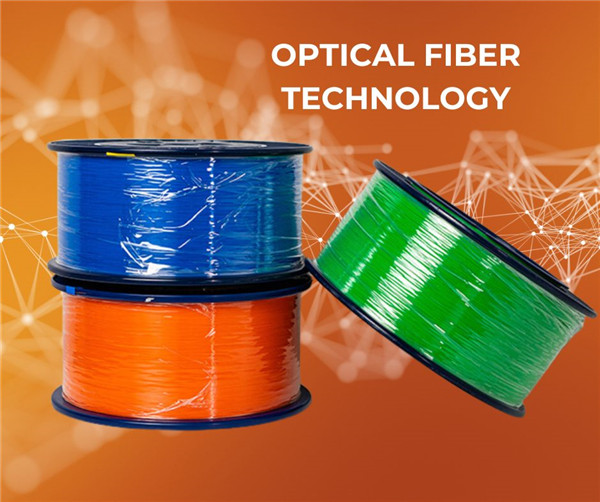Hello, valued readers and technology enthusiasts! Today, we embark on a fascinating journey into the history and milestones of optical fiber technology. As one of the leading providers of cutting-edge optical fiber products, OWCable has been at the forefront of this remarkable industry. Let’s dive into the evolution of this groundbreaking technology and its significant milestones.

The Birth of Fiber Optics
The concept of guiding light through a transparent medium dates back to the 19th century, with early experiments involving glass rods and water channels. However, it wasn’t until the 1960s that the foundation of modern optical fiber technology was laid. In 1966, British physicist Charles K. Kao theorized that pure glass could be used to transmit light signals over long distances with minimal signal loss.
The First Optical Fiber Transmission
Fast forward to 1970, when Corning Glass Works (now Corning Incorporated) successfully produced the first low-loss optical fiber using high-purity glass. This breakthrough achieved signal attenuation of less than 20 decibels per kilometer (dB/km), making long-distance communication a viable reality.
The Emergence of Single-Mode Fiber
Throughout the 1970s, researchers continued to improve optical fibers, leading to the development of single-mode fiber. This type of fiber allowed for even lower signal loss and enabled higher data transmission rates over longer distances. Single-mode fiber soon became the backbone of long-distance telecommunications networks.
Commercialization and the Telecommunications Boom
The 1980s marked a turning point for optical fiber technology. As advancements in manufacturing processes drove down costs, the commercial adoption of fiber optic cables exploded. Telecommunication companies began replacing traditional copper cables with optical fibers, leading to a revolution in global communication.
The Internet and Beyond
In the 1990s, the rise of the internet sparked an unprecedented demand for high-speed data transmission. Fiber optics played a crucial role in this expansion, providing the bandwidth necessary to support the digital age. As internet usage skyrocketed, so did the need for more advanced optical fiber solutions.
Advancements in Wavelength Division Multiplexing (WDM)
To meet the ever-increasing demand for bandwidth, engineers developed Wavelength Division Multiplexing (WDM) in the late 1990s. WDM technology allowed multiple signals of different wavelengths to travel simultaneously through a single optical fiber, vastly increasing its capacity and efficiency.
The Transition to Fiber to the Home (FTTH)
As we entered the new millennium, the focus shifted towards bringing fiber optics directly to homes and businesses. Fiber to the Home (FTTH) became the gold standard for high-speed internet and data services, enabling unparalleled connectivity and transforming the way we live and work.
Optical Fiber Today: Speed, Capacity, and Beyond
In recent years, optical fiber technology has continued to evolve, pushing the boundaries of data transmission. With advancements in fiber optic materials, manufacturing techniques, and networking protocols, we’ve witnessed an exponential increase in data speeds and capacities.
The Future of Optical Fiber Technology
As we look to the future, the potential of optical fiber technology seems limitless. Researchers are exploring innovative materials, such as hollow-core fibers and photonic crystal fibers, which could further enhance data transmission capabilities.
In conclusion, optical fiber technology has come a long way since its inception. From its humble beginnings as an experimental concept to becoming the backbone of modern communication, this incredible technology has revolutionized the world. At OWCable, we take pride in providing the latest and most reliable optical fiber products, driving the next generation of connectivity and empowering the digital age.
Post time: Jul-31-2023

